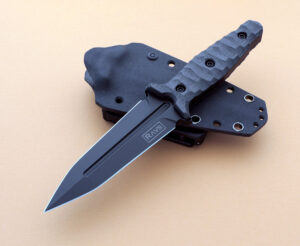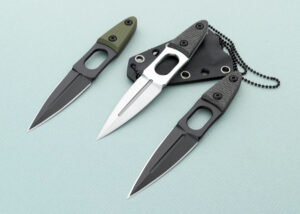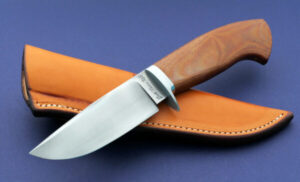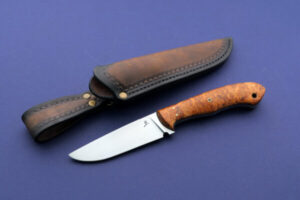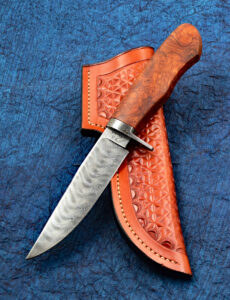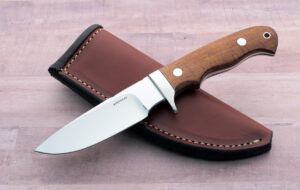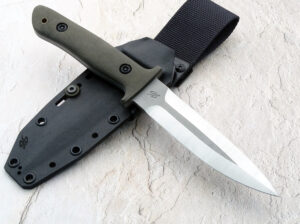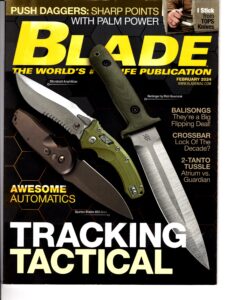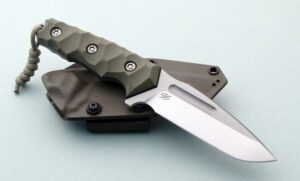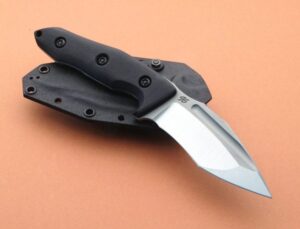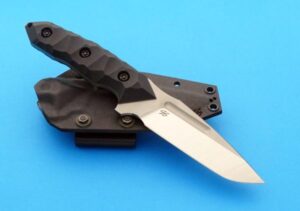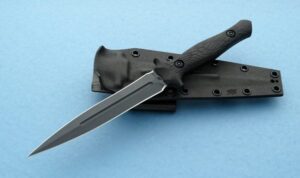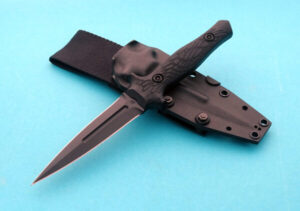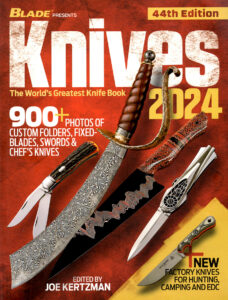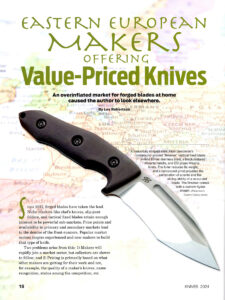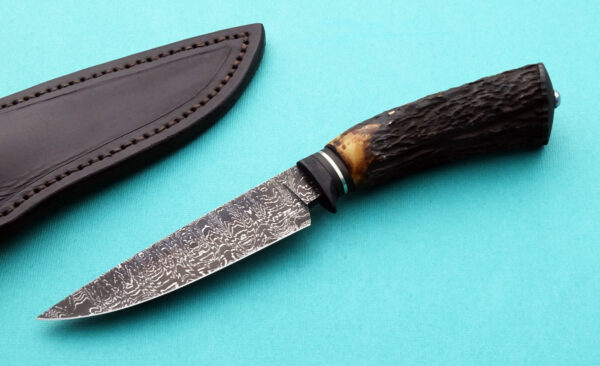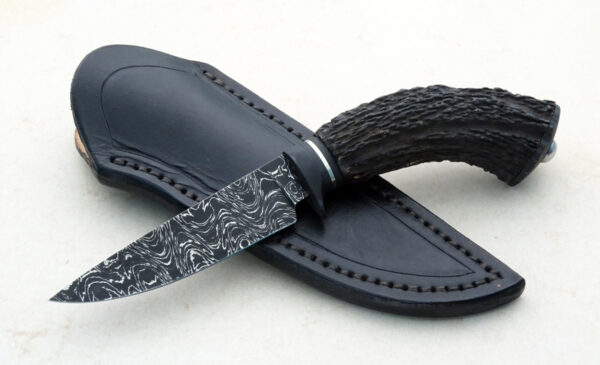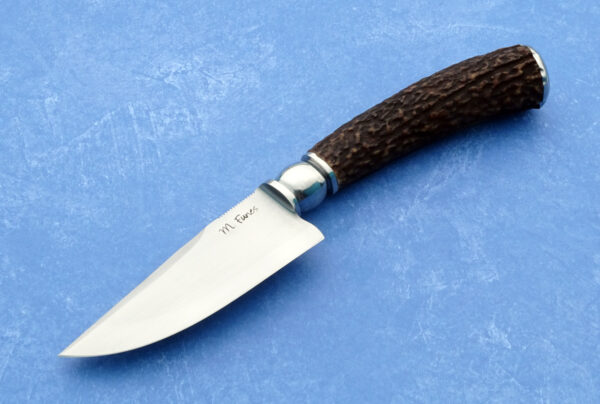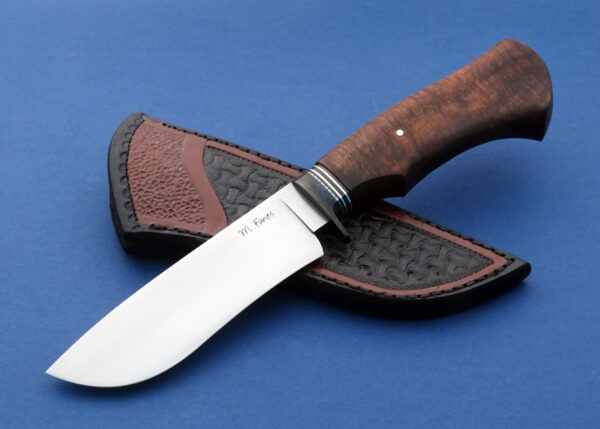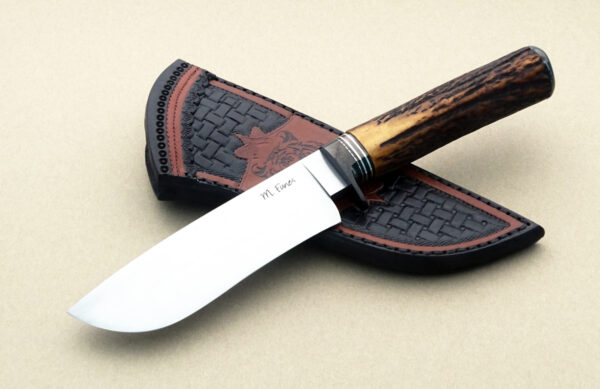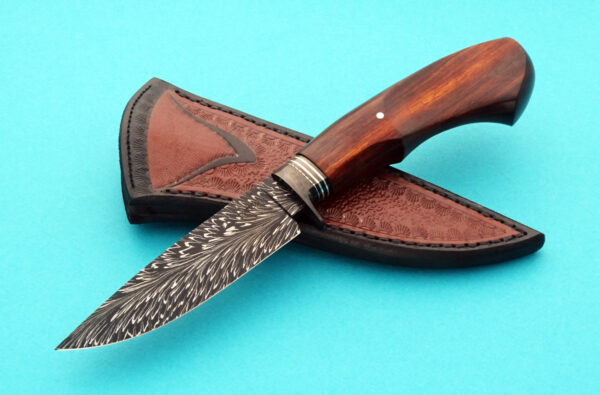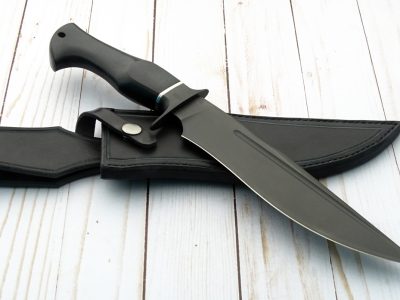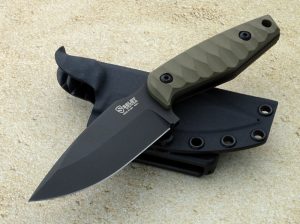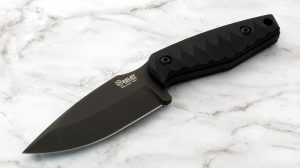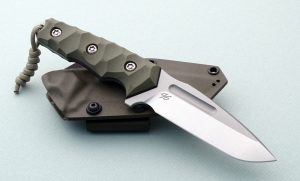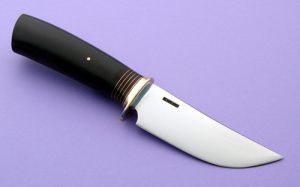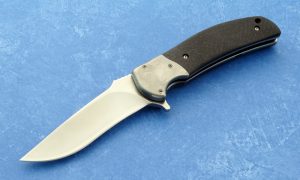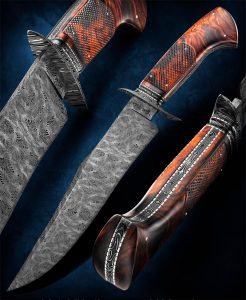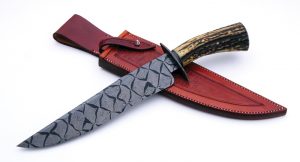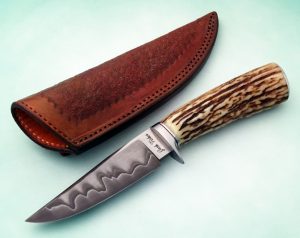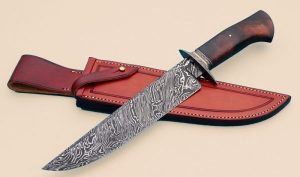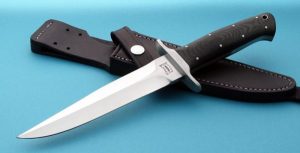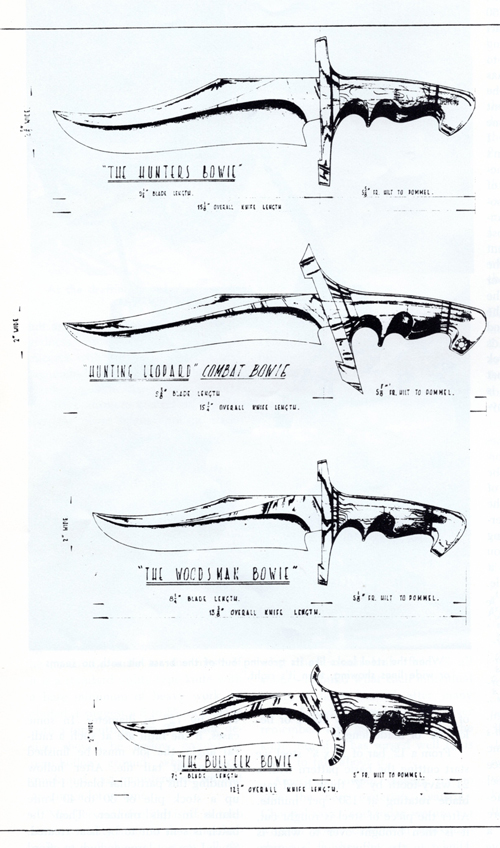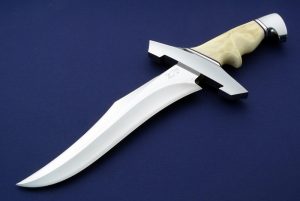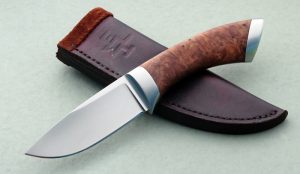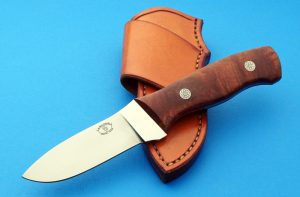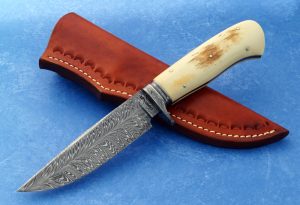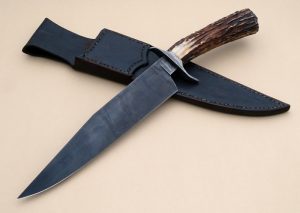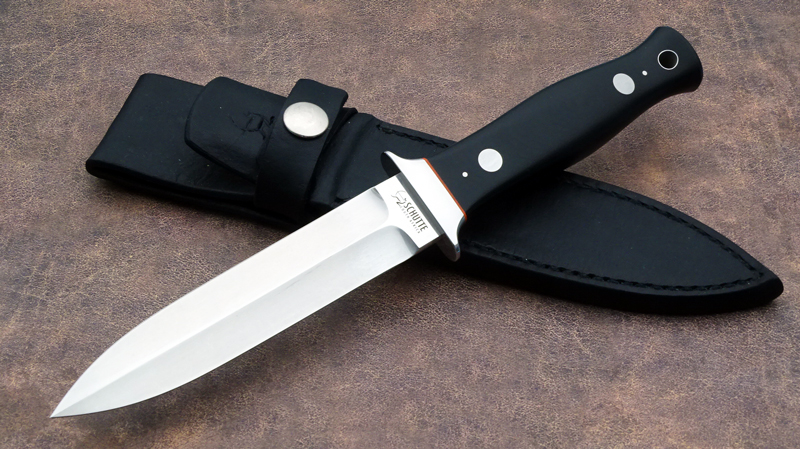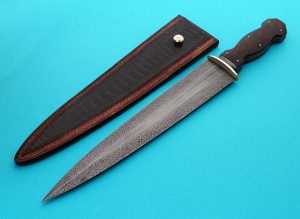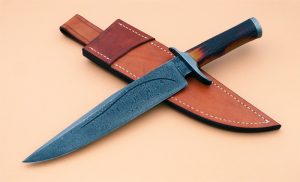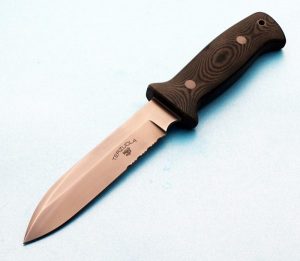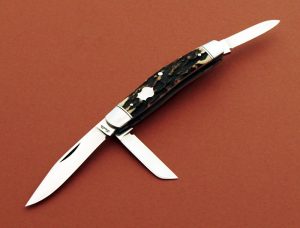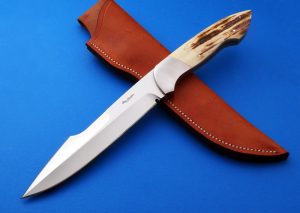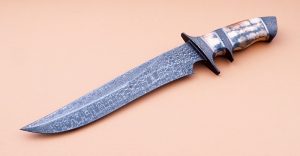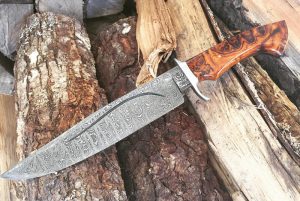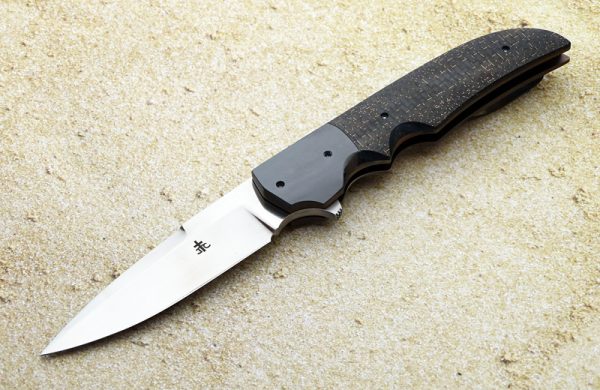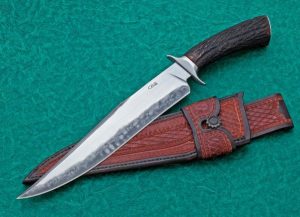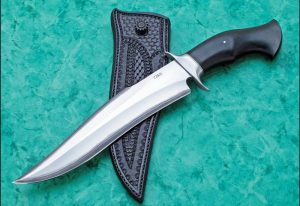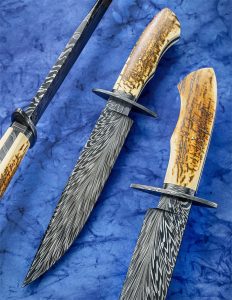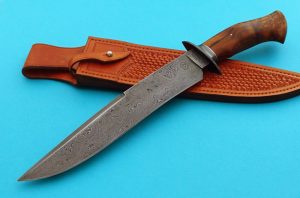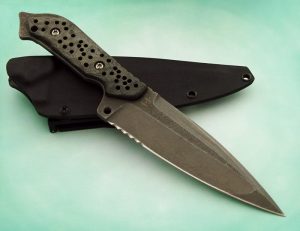Daggers: History, Design and Modern Collectability
The Timeless Appeal of Daggers
From ancient battlefields to modern collector showcases, the dagger has remained one of the most iconic and functional edged weapons in history. Designed for precision thrusting and close-quarters defense, daggers have evolved across centuries while maintaining their defining traits—symmetrical double-edged blades, a focus on piercing capability, and compact, easily carried designs. Whether forged from bone, brass, or high-performance modern steels, daggers have always served as both tools of survival and symbols of status.
Origins and Early Use of Daggers
The exact origin of the word dagger remains a mystery, though it is believed to stem from the old French word, “daque” or the old Italian, “daga.” By the 14th century, the term was widely used to distinguish these short thrusting weapons from swords.
In medieval Europe, daggers were not just battlefield tools—they were also markers of wealth and prestige. Aristocrats carried ornate daggers with decorative sheaths, while commoners often crafted functional versions from bone or antler when metal was unavailable.
Daggers in American Self-Defense
In 19th-century America, the Bowie knife dominated as a multi-purpose tool and weapon during frontier settlement. But as cities grew and large knives became socially unacceptable in public, smaller, concealable weapons like daggers and pocket pistols replaced them. Daggers offered effective close-quarters defense, though their short range eventually gave way to the revolver as the preferred personal defense weapon.
Close-Quarters Combat (CQC) and Military Daggers
World War II: The Fairbairn-Sykes Fighting Knife No WWII dagger carries more legend than the Fairbairn-Sykes (FS) fighting knife, designed by British officers William Fairbairn and Eric Sykes. Slim, double-edged, and needle-pointed, it was ideal for stealthy thrusts in commando operations. Produced in three distinct patterns between 1940 and 1943, the FS dagger remains a benchmark in military knife design.
Notable modern reproductions include:
-Brent Sandow: Pattern Two FS with D-2 steel blade, stainless guard, scalloped handle, and tactical Gunkote finish.
– Piotr Gosciniak: Stealth Dagger, fuller-bladed FS with black Cerakote, laser-cut G-10 grip, and scalloped guard for improved indexing and control.
– Kolakowski Vanguard Stingers are inspired by an OSS (Office of Strategic Services) knife designed primarily for self-defense. The hole in the handle perfectly fits your thumb, giving you excellent control over the blade. The Micarta is serrated to aid in further control of the knife if it gets wet. The underside of the blade features a concave grind. Reducing weight and helping in extraction, the fuller increases the blade’s strength. Buy this Vanguard design exclusively from Robertson’s Custom Cutlery.
Collector’s Lesson: Why Tang Construction Matters
In 1983, during U.S. Army Infantry Officers Basic Course training, I learned firsthand the importance of full-tang construction. I stuck a factory-made dagger—revered for its Vietnam War reputation— in a tree to tie off some 550 cord. When I pulled the knife out of the tree, the handle was in my hand and the blade was still stuck in the tree. This happened because its tang was only one inch long and glued in place. Inferior construction led to a catastrophic failure.
From that day forward, I vowed to only use full-tang knives and began exclusively buying custom blades. Serious collectors and users should always verify tang construction before purchase. Comprise elsewhere—because when your life depends on your knife, failure is not an option.
Daggers as Functional Art and Historic Icons
Daggers remain as relevant today for collectors and enthusiasts as they were for warriors centuries ago. From historical battlefield designs to innovative modern interpretations, they embody both artistry and lethal efficiency. Whether you are drawn to them for their history, craftsmanship, or combat utility; understanding the design, materials, and knifemaker behind each blade will enhance both your appreciation and your collection.

